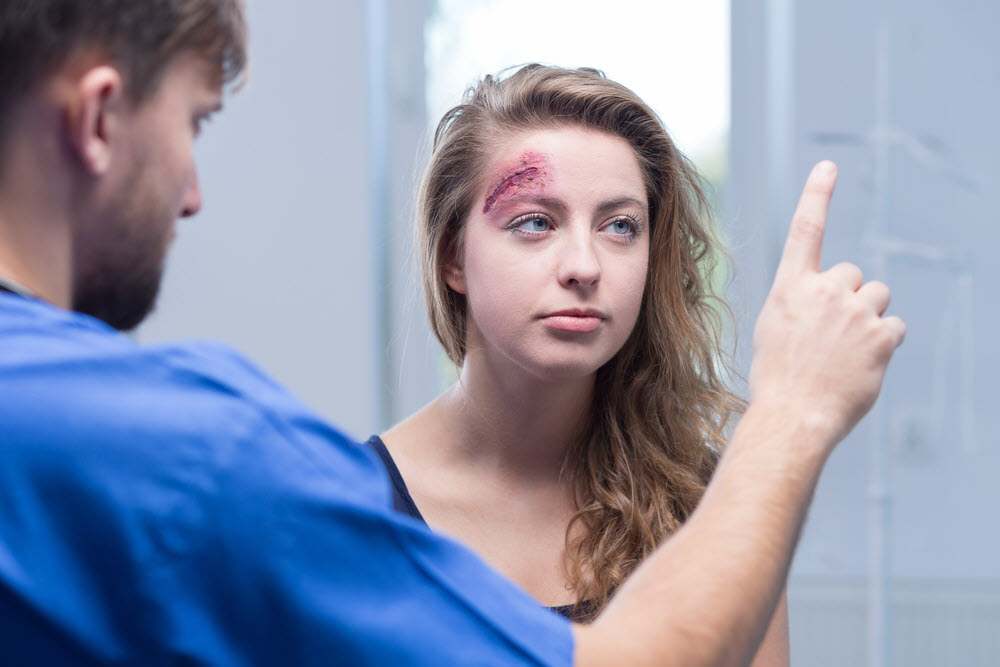What is Blunt Trauma?Blunt trauma to the eyes occurs due to sudden force placed on the eye from an impact. Different types of force can lead to blunt trauma. Common causes of blunt trauma include sport-related injuries, falls, and impact from a punch or car accident. Although anyone of any age can sustain different types of blunt trauma to the eye, certain types of trauma are more common in specific age groups. For instances, according to the Mayo Clinic, in young males, ocular trauma is most commonly caused by interpersonal violence. In adults that are a little older, car accidents or work-related injuries are common causes of eye trauma. In the geriatric population, eye injuries from falls are one of the leading causes of eye injuries. Injuries from Blunt TraumaVarious types of blunt trauma to the eye can occur, ranging from mild to vision threatening. Below are three types of blunt trauma to the eyes that are especially serious.
Preventing Blunt Trauma to the EyeThere are things you can do to prevent blunt trauma to the eyes, including the following:
We hope the suggestions above will prevent eye injuries and keep you healthy. Please call our office at 508-746-8600 with any questions you may have or to schedule an appointment. Comments are closed.
|
EYE HEALTH BLOGCategories
All
Archives
July 2024
|
|
Kadrmas Eye Care New England
55 Commerce Way, Plymouth, MA 02360
14 Tobey Road, Wareham, MA 02571 133 Falmouth Road (Rt 28), Mashpee, MA 02649 |
Phone Number:
1-508-746-8600 Hours: Monday through Friday — 8 AM – 4:30 PM |


 RSS Feed
RSS Feed
